Even though Chattanooga, Ohio, has always been a small town, it has been home to a number of businesses over the years. Years ago, when travel was not as easy as it is today, it was important that the small towns meet the needs of the local people, so they could buy and sell goods close to home.
A grocery store was one of those necessary businesses. It was important to have a grocery close to home. There have been a number of grocery stores in Chatt over the years.
Here is one such Chattanooga grocery, up for sale and advertised in the Cincinnati Enquirer on 7 November 1903:
GENERAL STORE-In Chattanooga, Ohio, in the oil field and doing a good business: splendid opportunity. G.R. Hagerman, Chattanooga, Ohio.

Chatt Grocery for Sale, 7 Nov 1903, Cincinnati Enquirer
There are a couple interesting things here. The mention that Chatt was in the oil field would have been a good business opportunity. A location in the oil field would mean there were more people in the area and thus generate more money.
And who was G.R. Hagerman, who was apparently selling the grocery?
A few years back I wrote a blog post about this man, Chattanooga physician Dr. G.R. Hagerman, Dr. G.R. Hagerman, Physician and Surgeon in Chattanooga, Ohio.
In that blog post I wrote about an 1896 letter, postmarked Chattanooga, Ohio, with the return address of Dr. G.R. Hagerman, Chattanooga, Ohio.
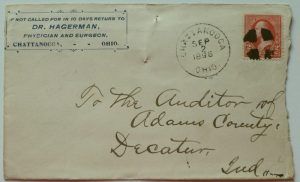
Letter from Dr. G.R. Hagerman, Chattanooga, Ohio, 1896.
This 1900 map of Chatt shows where Dr. Hagerman lived.

1900 map of Chattanooga, Ohio.
According to his death certificate, George Robinson Hagerman was born 2 August 1856 in Mendon, Ohio, the son of James and Elizabeth Hagerman. [1]
In 1880 Dr. George Hagerman, age 23, was a physician in Mendon, Ohio. He was single and lived in John Heppard’s boarding house. John C. Miller, another physician, also lived in the same boarding house. [2]
Dr. George Hagerman married Elizabeth Luella Dutton on 25 May 1882 in Mercer County. [3] Elizabeth was also from Mercer County, the daughter of James W. and Sarah C. (Grant) Dutton. [4]
In 1900 Dr. Hagerman lived in Liberty Township, Mercer County, with Elizabeth, his wife of 18 years, and 3 sons, Charles W., 15; Edwin W., 11; and James F., 1. Their oldest son Charles ran a huckster wagon. [5] Perhaps Dr. Hagerman ran the grocery in addition to his medical practice. Or perhaps his wife ran the grocery. Maybe he owned the grocery but hired a non-family member to run the grocery. We may never know.
Their son Wallace Edwin Hagerman died in 1902 and a year later Dr. Hagerman put the grocery store up for sale.
Dr. Hagerman apparently sold the grocery because by 1910 he and his family resided in Camden, Loraine County, Ohio, [6] where he remained and practiced medicine until his death in 1939 at the age of 82.
Dr. George R. Hagerman died at his home in Kipton, June 6 at the age of 82 years. He was the father of James F. Hagerman, a member of the U.S. Coastguards at Marblehead. Funeral services were held Friday. [7]
Death of George R. Hagerman
Dr. George R. Hagerman died at his home in Kipton, Tuesday evening, at the age of 82 years. He is survived by his wife, one son, James F. Hagerman, of the U.S. Coast Guards at Marblehead, and one grandson, Russell Hagerman, of Cicero, Ill. Funeral services were conducted at the Community Church, Kipton, on Friday morning with interment at Mendon, Ohio. [8]
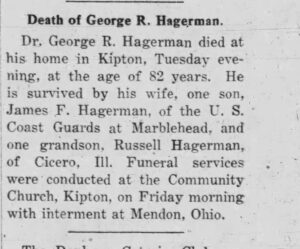
Dr. GR Hagerman obituary, 2 Jun 1939, The Peninsular.
Dr. George R Hagerman is buried at Mendon Cemetery and shares a tombstone with wife Elizabeth L. (1864-1941), son Wallace E. (1889-1902), son Charles W. (1884-1911). [9]
[1] “Ohio Deaths, 1908-1953,” Camden, Loraine, Geo Robinson Hagerman, 6 Jun 1939; FamilySearch.org.
[2] 1880 U.S. Census, Ohio, Mercer, Mendon, ED 191, p.535D, dwelling & family 43, George Hagerman; Ancestry.com.
[3] “Ohio, County Marriages, 1789-2013,” Mercer County, Vol 5, p.135, Geo R Hagerman & Libbie L Dutton, 25 May 1882; FamilySearch.org.
[4] “Ohio Deaths, 1908-1953,” Ottawa, Port Clinton, Elizabeth Luella Hagerman, 13 May 1941; FamilySearch.org.
[5] 1900 U.S. Census, Ohio, Mercer, Liberty, ED 85, p. 10A, dwelling 184, family 189, George R Hagerman; Ancestry.com.
[6] 1910 U.S. Census, Ohio, Loraine, Camden, ED 101, p.3A, dwelling 67, family 69, George R Hagerman; Ancestry.com.
[7] Port Clinton Herald and Republican, Port Clinton, Ohio, 16 Jun 1939, p.10; Newspapers.com.
[8] The Peninsular News, Marblehead, Ohio, 2 Jun 1939; Newspapers.com.
[9] FindaGrave.com, George Robinson Hagerman Memorial #64361248.

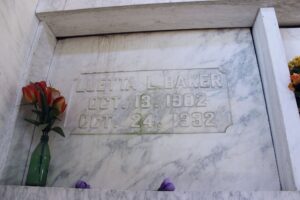

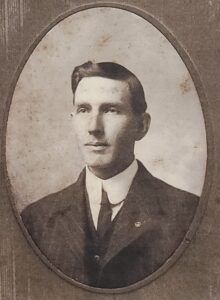
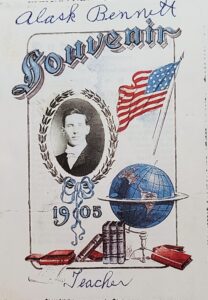
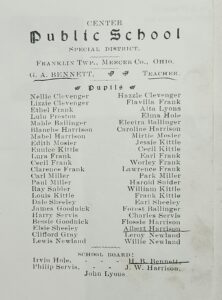
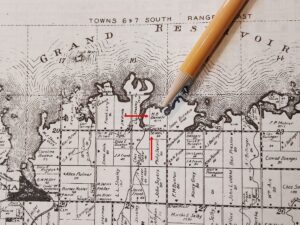
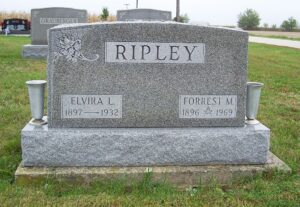
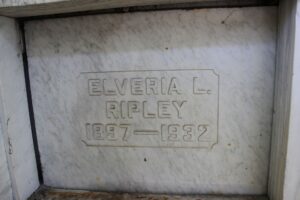
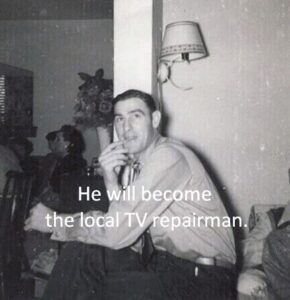
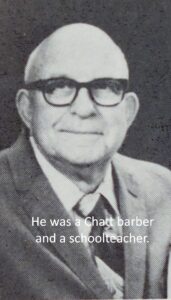
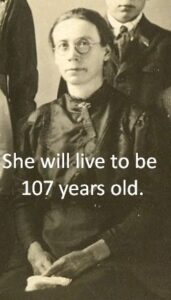
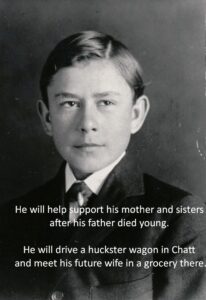
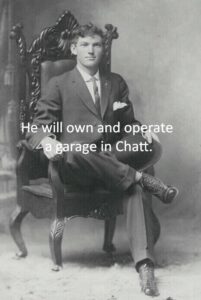
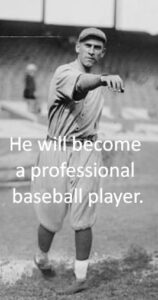
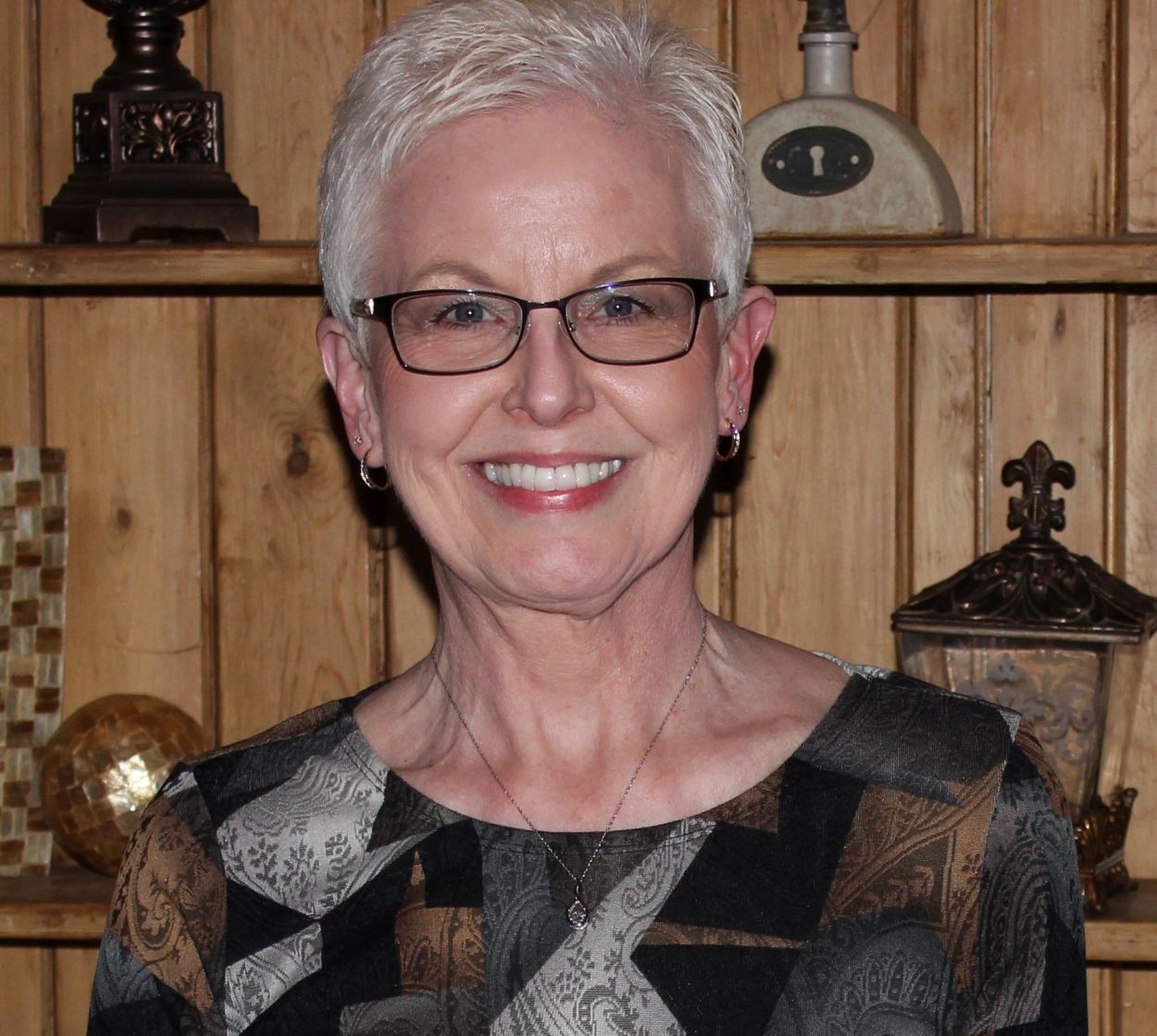
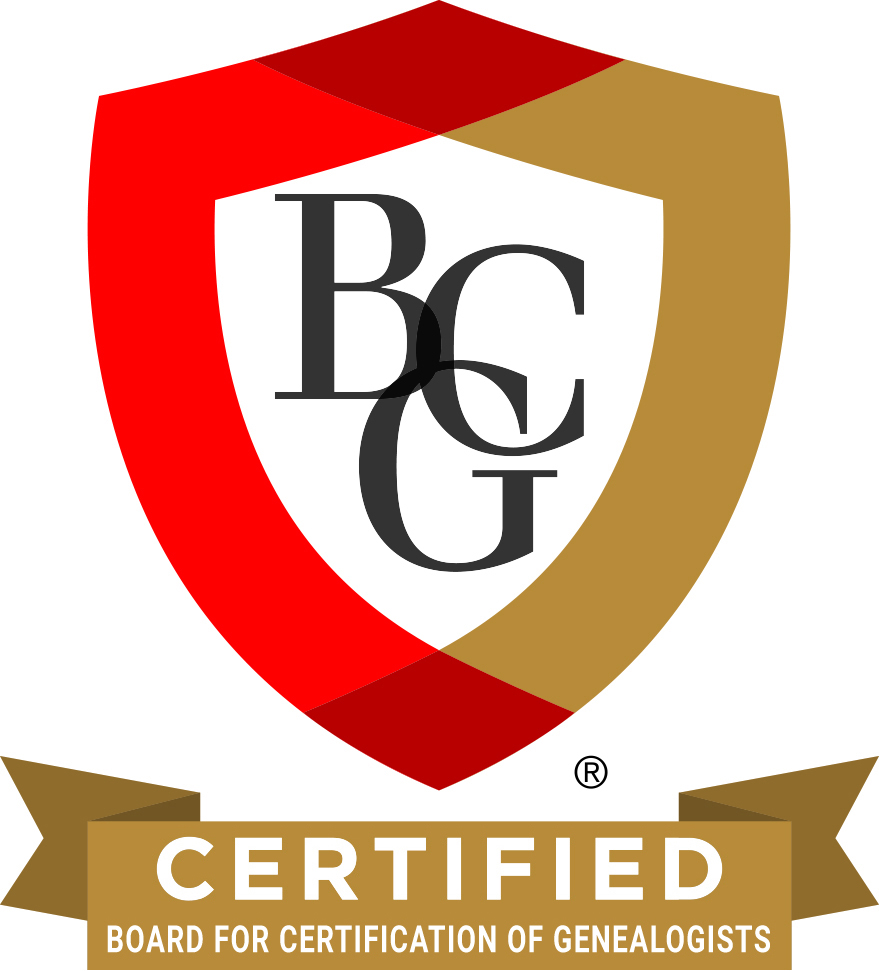
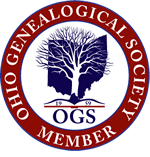

Thanks, Brian. It sounds like it was a wonderful church. I assume a number of Brewsters attended there. It is…
I have the Mount Carmel Sunday And treasurers records from 1907 and 1908. We went there to church all my…
Makes me want to go back! Got this message through our gmail but not through our frontier email. Weird! Great…
Such a wonderful trip and great pictures. Thanks so much for sharing.
Beautiful!